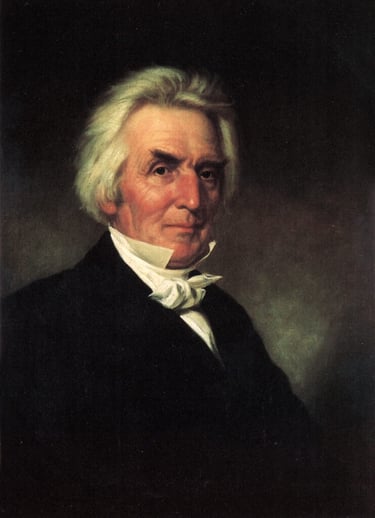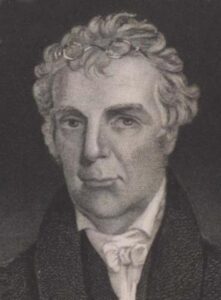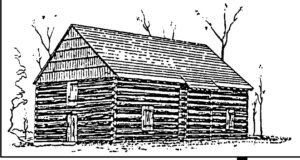A History of the Disciples of Christ
-- from disciples.org
The Christian Church (Disciples of Christ) in the United States and Canada grew out of two movements seeking Christian unity that sprang up almost simultaneously in western Pennsylvania and Kentucky – movements that were backlashes against the rigid denominationalism of the early 1800s.
Thomas and Alexander Campbell, a Presbyterian Scotch-Irish immigrant father and son in Pennsylvania, rebelled against the dogmatic sectarianism that kept members of different denominations – and even factions within the same denomination – from partaking of the Lord’s Supper together. Walter Scott, an immigrant from Scotland, was a successful evangelist of the resulting Campbell movement as it separated from the Baptists.


Barton Stone
Barton W. Stone, a fifth-generation American in Kentucky and also a Presbyterian, objected to the use of creeds as tests of “fellowship” within the church, which were a cause of disunity, especially at the Lord’s table. He was a key participant in the Restoration Movement following the Cane Ridge Revival of 1801 near Paris, KY.


Cane Ridge Meeting House
“Christians,” the name adopted by Stone’s movement, represented what he felt to be a shedding of denominational labels in favor of a scriptural and inclusive term. Campbell had similar reasons for settling on “Disciples of Christ” but he felt the term “Disciples” less presumptuous than “Christians.” (For an introduction to some of their ideas, see the Last Will and Testament of the Springfield Presbytery – 1804 or the Declaration and Address – 1809.)


The aims and practices of the two groups were similar, and the Campbell and Stone movements united in 1832 in Lexington, KY after about a quarter of a century of separate development. (For key dates and more detail, go to the Disciples of Christ Historical Society website.)
The founders of the Christian Church hoped to restore Christian unity by returning to New Testament faith and practices. But the church found that even this led to division. One group which opposed practices not specifically authorized by the New Testament, such as instrumental music in the church and organized missionary activity, gradually pulled away. That group finally was listed separately in the 1906 federal religious census as the “Churches of Christ.”
Another group began a separation in 1926 over what it felt were too-liberal policies on the mission field in the practice of baptism. More than 40 years later (1967-69) some 3,000 of those congregations formally withdrew at the time of Disciples restructure. They refer to themselves as the Christian Churches/Churches of Christ.
